Why can’t you just embroider a design from a ‘jpeg’?
When we stitch out your logo or design, we first have to get that design converted to a format our embroidery machine can read. A process called ‘digitising’. Digitisation isn’t something we do at Ivy Embroidery. Instead we outsource this process to specialists and typically get prepared design files returned to us within 24 hours.
For small stitching runs, we only charge you what it costs us to have the design converted. For larger jobs, we may well waive the fee entirely, but once we have the design file, it doesn’t need to be paid for again, so a digitising fee is a one off charge. You might see this listed in quotes from other embroiderers as ‘digitising fee’, ‘setup fee’ or similar.
Why don’t you do digitising in house?
There are a number of factors to consider when a design is prepared for machine embroidery. Digitising is an art as much as a craft. The digitising specialist essentially teaches the machine to ‘paint’ with thread. Digitising software is very ‘niche’, takes a lot of training to learn how to use it and is extremely expensive. For these reasons, it’s best left to specialists who do digitisation full time and nothing else. Hence why we send your designs off to be digitised. Following are some the factors our digitisers will take into account;
Limited colours
Even with an industrial embroidery machine like ours, we only have space for 12 thread colours to be mounted at a time, so this limits the number of colours which can be sewn out.
By stitching in different directions, however, the light catches the finished design differently creating the illusion of different shades from a single thread colour. A good digitiser will consider this when translating a design. We’ve seen some really impressive work and attention to detail when we’ve received digitised designs back from our suppliers.
Compensating for ‘thread pull’
Every stitch our machine makes pulls a piece of thread in between two holes the needle has punctured. There’s just enough to tension to make the thread lie flat. However, even a small design like a chest logo can contain between five and ten thousand stitches. That’s thousands of tiny bits of tension pulling the material being stitched on in one way or another, even if only by a fraction of a millimetre. An experienced digitiser will allow for this when translating a picture into an embroidery file and will compensate within the design. We also use ‘stabiliser’ when stitching – a tearaway material attached to the back of a garment to give it extra strength when being stitched upon.
The size of the design
When printing out a picture, you can choose to halve the picture, or double it, with very little difficulty. Unfortunately, with embroidery it’s not so simple.
Every single stitch has to be plotted. While we could take a chest logo with 7000 stitches and set it to stitch out on an area double or triple the size (like the back of a jacket), bear in mind it will still only have 7000 stitches. While each stitch will be longer, machine thread is still the same thickness, so stitches that used to run side by side will now have gaps between them.
Shrinking a design also has difficulties, this time, those 7000 stitches will be squeezed into a much smaller space. The holes punched by the needles will be much closer together and the design might look bunched.
In short, once a design has been prepared, significant size adjustments will need to be re-digitised, otherwise they’ll not just look awful, but they may well damage the garment. We recommend a prepared design to be stitched out no more than 10% larger or smaller than the size originally specified.
What else would you like to know?
We hope this has answered any questions you might have had regarding the translation of your picture into an embroidery design, but if not, feel free to ask any questions you might have. You can either comment below, or use our contact page to get in touch. We’d be delighted to hear from you.

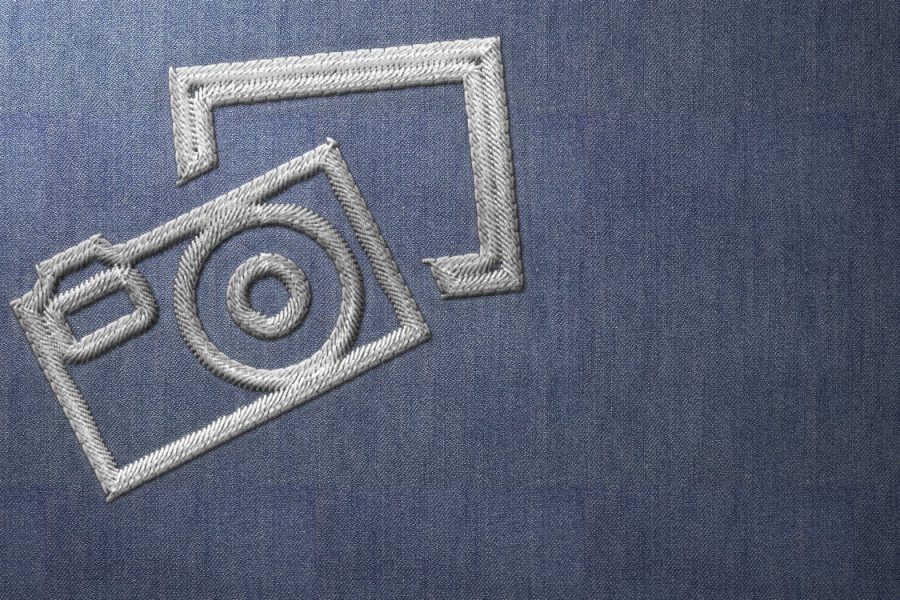
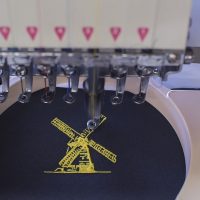

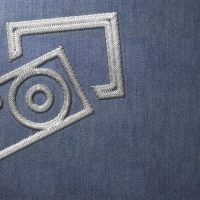
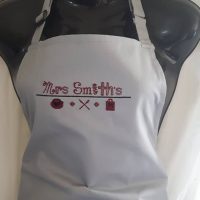
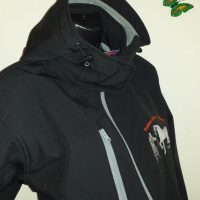
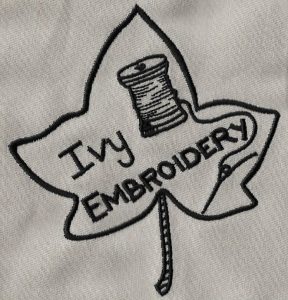
Comments are closed.